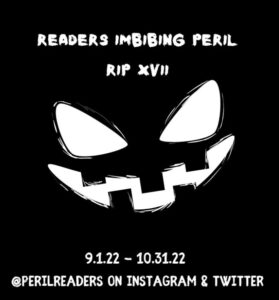
Hardcover, 32 pgs.
I am an Amazon Affiliate
Brave Like Mom by Monica Acker, illustrated by Paran Kim, is a story of two young girls whose mom is battling cancer and her girls see her as strong and brave. They want to be like her and not shed tears. But these girls are strong when they strive to climb walls, ride horses, and so much more. But their mom reminds them that it is ok to be scared and to cry.
Acker does a good job of showing how mom is brave for her girls, but also how neighbors, their dad, and others help her every day. What the girls see is the actions of their mother, not the helping hands. The illustrations are simple and colorful.
What I wanted was less telling and more showing of this relationship between the kids and the mother and the family in general. Brave Like Mom by Monica Acker, illustrated by Paran Kim, does have a great story with advice for young children of parents struggling with illness.
RATING: Tercet
About the Author:
Monica Acker is a writer and educator. She holds a BA in creative arts and a MAT degree in childhood education. Monica is a member of SCBWI, 12×12, and Children’s Book Insider. She lives in Reading, Massachusetts, with her family.

 About the Author:
About the Author:














